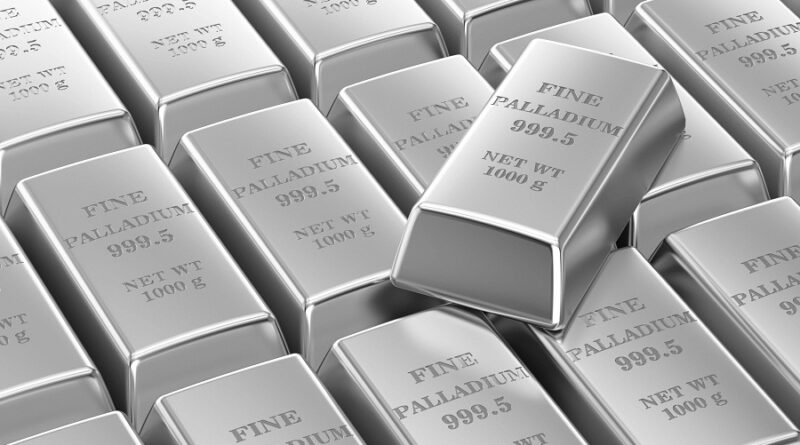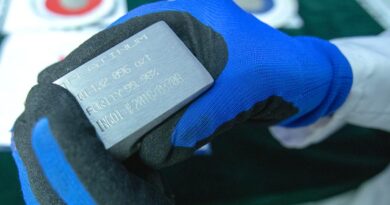Platinum-for-palladium substitution
Global vehicle production remains below pre-pandemic levels, yet platinum automotive demand is growing. In 2022, platinum automotive demand rose 12 per cent to 2,957 koz, and this year’s forecast anticipates growth of ten per cent, taking it to 3,246 koz, 13 per cent higher than automotive demand for platinum in 2019.
In contrast, global vehicle production reached 82 million units in 2022, some eight per cent below the 89 million units manufactured in 2019. This year, global vehicle production is also expected to remain below 2019 levels, reaching 86 million units.
A key driver behind the growth in automotive demand for platinum is the increase in platinum-for-palladium substitution in gasoline autocatalysts, which is expected to rise by 50 per cent to 540,000 oz this year from 360,000 oz in 2022, itself an 80 per cent increase on the previous year.
Tightening emissions standards, leading to higher loadings of platinum per vehicle, are a further driver, as is the growth in market share of hybrid vehicles, which, due to their greater temperature variability, also require higher loadings per vehicle to ensure
effective emissions control.
Platinum and palladium both have the necessary physical and chemical properties that make them well suited to autocatalysis.
Since platinum was used in the first autocatalysts in the 1970s, changes in emissions standards, technological innovations, and market price differentials have resulted in variations in the mix of platinum group metals (PGMs) that have been used in catalytic converters, with periods when platinum has been substituted for palladium and vice versa.
During the 2000s, the sulphur content of fuel fell significantly, which enabled the ‘substitution ratio’ between the two metals to move from 2:1 palladium:platinum to 1:1 in autocatalysts.
As a result, palladium-for-platinum substitution became a feature of the gasoline autocatalyst market until it became the established PGM catalyst in gasoline vehicles, while platinum remained the predominant catalyst in diesel vehicles.
However, this is changing as demand, supply and the associated cost of purchasing these respective platinum group metals has impacted usage. In recent years, platinum-for-palladium substitution has gained traction due to a market – and consequently price – imbalance between platinum and palladium, incentivising automakers to switch to the equally-effective, yet less expensive, platinum.
Sustained demandOnce platinum-for-palladium substitution in a vehicle model’s autocatalyst has occurred, the associated annual demand remains in place each year for the life of that vehicle platform, which is typically seven years.
So, even under a scenario in which platinum and palladium prices moved to parity (reflecting their 1:1 substitution ratio) and thereby removing the financial incentive to replace palladium, the additional platinum demand generated as a result of substitution to date would be sustained over the life of all existing vehicle platforms using platinum.




